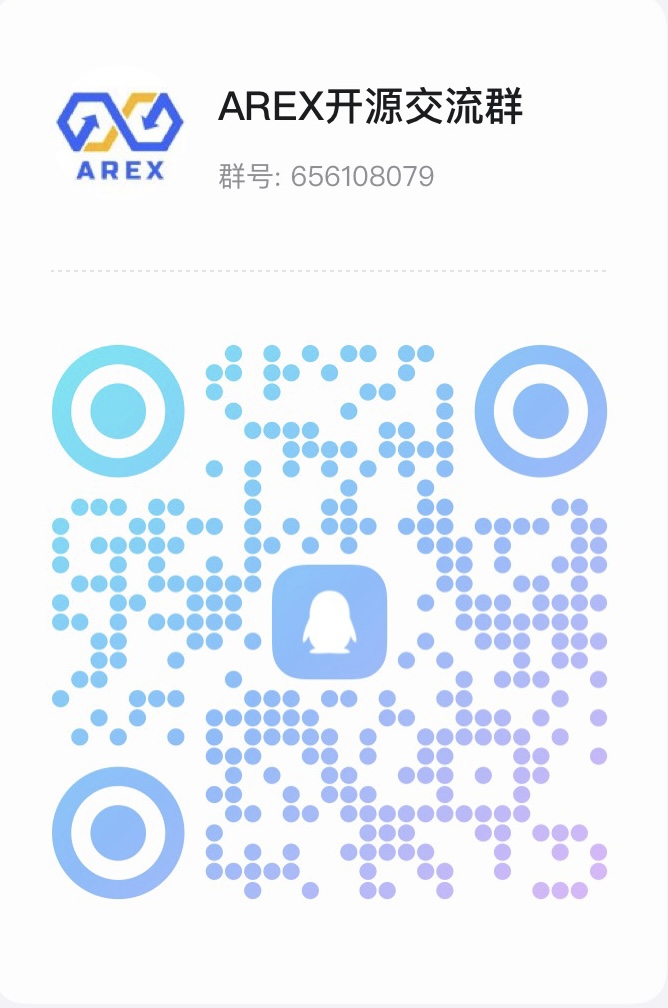区块链是数字加密货币比特币的核心技术。
区块链是一个称为块的记录列表,这些记录使用链表链接在一起并使用加密技术。
每个数据块都包含自己的数字指纹(称为散列)、前一个数据块的散列、时间戳和所做事务的数据,使其在任何类型的数据泄露时都更加安全。
因此,如果一个块的数据被改变,那么它的散列也会改变。如果散列被更改,那么它的散列将不同于下一个块,下一个块包含前一个块的散列,影响它之后的所有块的散列。更改哈希值,然后将其与其他块进行比较,这允许我们检查区块链。
区块链实施:以下是区块链实施中使用的功能。
1. 创建块:要创建块,将实现块类。在类块中:
- hash哈希将包含块的哈希和
- previousHash将包含上一个块的哈希。
- 字符串数据用于存储块的数据和
- long timeStamp用于存储块的时间戳。这里,long数据类型用于存储毫秒数。
- calculateHash()生成散列
下面是类块的实现:
// Java implementation for creating
// a block in a Blockchain
import java.util.Date;
public class Block {
// Every block contains
// a hash, previous hash and
// data of the transaction made
public String hash;
public String previousHash;
private String data;
private long timeStamp;
// Constructor for the block
public Block(String data,
String previousHash)
{
this.data = data;
this.previousHash
= previousHash;
this.timeStamp
= new Date().getTime();
this.hash
= calculateHash();
}
// Function to calculate the hash
public String calculateHash()
{
// Calling the "crypt" class
// to calculate the hash
// by using the previous hash,
// timestamp and the data
String calculatedhash
= crypt.sha256(
previousHash
+ Long.toString(timeStamp)
+ data);
return calculatedhash;
}
}2. 生成哈希:要生成哈希,使用SHA256算法。
下面是算法的实现。
// Java program for Generating Hashes
import java.security.MessageDigest;
public class crypt {
// Function that takes the string input
// and returns the hashed string.
public static String sha256(String input)
{
try {
MessageDigest sha
= MessageDigest
.getInstance(
"SHA-256");
int i = 0;
byte[] hash
= sha.digest(
input.getBytes("UTF-8"));
// hexHash will contain
// the Hexadecimal hash
StringBuffer hexHash
= new StringBuffer();
while (i < hash.length) {
String hex
= Integer.toHexString(
0xff & hash[i]);
if (hex.length() == 1)
hexHash.append('0');
hexHash.append(hex);
i++;
}
return hexHash.toString();
}
catch (Exception e) {
throw new RuntimeException(e);
}
}
}3. 存储块:现在,让我们通过调用Block类的构造函数将块及其哈希值存储在Block类型的ArrayList中。
// Java implementation to store
// blocks in an ArrayList
import java.util.ArrayList;
public class GFG {
// ArrayList to store the blocks
public static ArrayList<Block> blockchain
= new ArrayList<Block>();
// Driver code
public static void main(String[] args)
{
// Adding the data to the ArrayList
blockchain.add(new Block(
"First block", "0"));
blockchain.add(new Block(
"Second block",
blockchain
.get(blockchain.size() - 1)
.hash));
blockchain.add(new Block(
"Third block",
blockchain
.get(blockchain.size() - 1)
.hash));
blockchain.add(new Block(
"Fourth block",
blockchain
.get(blockchain.size() - 1)
.hash));
blockchain.add(new Block(
"Fifth block",
blockchain
.get(blockchain.size() - 1)
.hash));
}
}4. 区块链有效性:最后,我们需要通过创建布尔方法来检查区块链的有效性。此方法将在“Main”类中实现,并检查散列是否等于计算的散列。如果所有哈希值都等于计算的哈希值,则该块有效。
以下是有效性的实施情况:
// Java implementation to check
// validity of the blockchain
// Function to check
// validity of the blockchain
public static Boolean isChainValid()
{
Block currentBlock;
Block previousBlock;
// Iterating through
// all the blocks
for (int i = 1;
i < blockchain.size();
i++) {
// Storing the current block
// and the previous block
currentBlock = blockchain.get(i);
previousBlock = blockchain.get(i - 1);
// Checking if the current hash
// is equal to the
// calculated hash or not
if (!currentBlock.hash
.equals(
currentBlock
.calculateHash())) {
System.out.println(
"Hashes are not equal");
return false;
}
// Checking of the previous hash
// is equal to the calculated
// previous hash or not
if (!previousBlock
.hash
.equals(
currentBlock
.previousHash)) {
System.out.println(
"Previous Hashes are not equal");
return false;
}
}
// If all the hashes are equal
// to the calculated hashes,
// then the blockchain is valid
return true;
}区块链的优势
- Blokchain是一个分布式系统网络。因此,数据泄露很难实施。
- 由于区块链生成了每个区块的散列,因此很难进行恶意攻击。
- 数据篡改将改变每个块的哈希值,从而使区块链无效
除特别注明外,本站所有文章均为老K的Java博客原创,转载请注明出处来自https://javakk.com/2268.html




 在这个努力程度如此低下的时代,还轮不到比拼天赋。静下心来,just do it
在这个努力程度如此低下的时代,还轮不到比拼天赋。静下心来,just do it

暂无评论